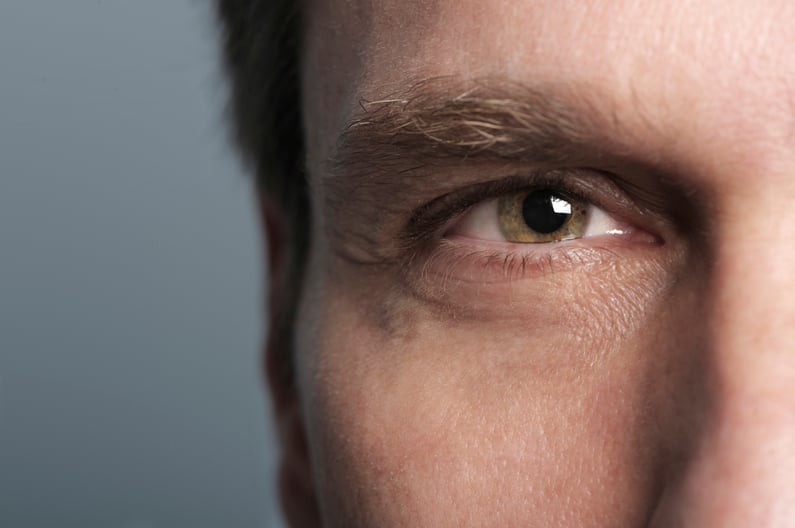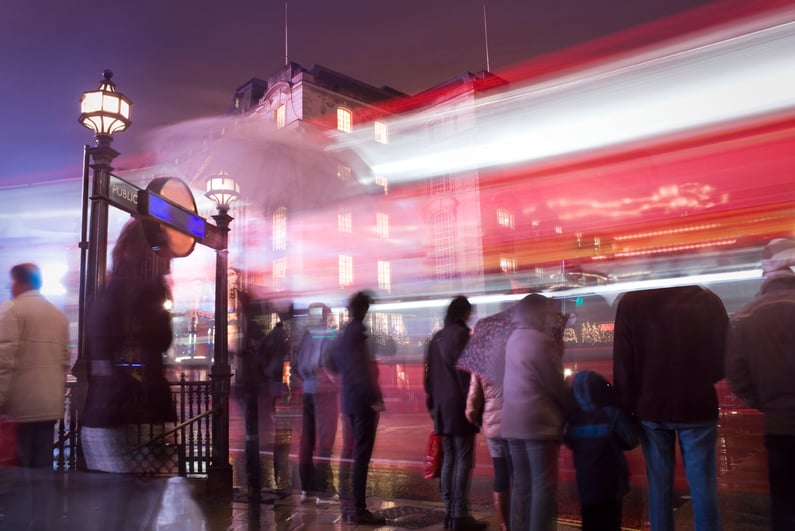The human body has an internal circadian rhythm that is regulated by the stimuli received by the eyes. However, it is not the visual part of the eye that controls this rhythm.
It has long been known that light plays a crucial role in regulating the human circadian rhythm. Since the mid-1990s, research has focused on understanding how light adjusts our body's internal clock. Studies conducted on blind individuals have shown that it is not the visual parts of the eye that control the circadian rhythm. Instead, the eye possesses a system of light-sensitive retinal ganglion cells that utilize a photopigment called melanopsin to transmit light signals. Leading this research is Doctor Jens Hannibal, an expert in clinical biochemistry at Bispebjerg Hospital, who is investigating how the melanopsin system in the eye relays light information to the rest of the body.
The ganglion cells and the photopigment melanopsin
During his research on mapping the PACAP signaling molecule in the brain, Jens Hannibal came across a unique type of retinal ganglion cells in the eye that are highly sensitive to light. These cells contain the PACAP signaling molecule, which transmits information about light and darkness (day/night) to the brain's internal clock. In 2000, an American group led by Ignatio Provencio identified a light-sensitive molecule called melanopsin in a group of retinal ganglion cells, leading to the idea that melanopsin could be a new photoreceptor in these PACAP cells.

In 2002, Jens Hannibal and his colleagues successfully proved this to be the case. Additionally, American researcher David M. Berson demonstrated that these same retinal ganglion cells were light-sensitive independent of other light-sensitive cells in the eye. Today, Jens Hannibal is conducting research on understanding these light-sensitive retinal ganglion cells that utilize the photopigment melanopsin.
The brain's internal clock governs our behaviour
According to Jens Hannibal, the connection between the eye's sensitivity to light and the body's circadian rhythm is rooted in the brain's internal clock.
— The brain's internal clock, known as the suprachiasmatic nucleus located in the hypothalamus, is a collection of nerve cells that regulates our circadian rhythm. While this biological clock runs fairly accurately, it needs to be reset every day, and the key stimulus for resetting it is the light in our surroundings, he explains.
The biological clock regulates the rhythms of our eating, sleep/wake cycle, activity, and the secretion of various hormones including the stress hormone and the hormone melatonin, which defines the biological night. Extensive research over the past 10-15 years has elucidated the molecular mechanisms and genes, known as "clock genes," that make up the brain's clock.
These clock genes not only drive the brain's clock, but they are present in every cell in the body. One could say that the body consists of organs and tissues, all of which contain biological clocks. These clocks are orchestrated by the brain's clock, which acts as the conductor. Therefore, the system that generates our circadian rhythms can be considered fundamental to our physiology, as it governs many aspects of our behaviour and well-being.
Two light-sensing systems in the eye
It has been revealed that blind individuals, in certain cases, also adjust their circadian rhythm to the 24-hour cycle of light and darkness. With the discovery of the melanopsin system, it has become evident that our eyes possess two light-sensing systems, as noted by Jens Hannibal. He continues to explain that one system is involved in visual perception, while the other, melanopsin, is not. The melanopsin system can be described as a type of light meter. This light meter not only adjusts our circadian rhythms but also affects our pupil reflexes, and there is growing evidence that it influences our emotions and mood as well.

When our internal circadian rhythm becomes unbalanced in relation to the astronomical day, such as during travel across time zones, the body reacts with phenomena like jet lag. A similar reaction occurs with shift work, sleep problems, and a range of neurological diseases such as Alzheimer's, Parkinson's, ADHD, and autism, where circadian rhythm regulation is also affected. These conditions have garnered significant attention within the field of research known as "Chronobiology".
The Effects of a 24-Hour Society
The fundamental understanding that our circadian rhythms greatly impact our well-being and overall health has increased interest in the significance of light for us humans.
— In a time where the modern world is moving towards a 24-hour society, the discovery of the melanopsin system can contribute to understanding how light, or the lack thereof, affects each individual. We know that some people develop what is known as winter depression because not enough light is transmitted to the brain - and some of these patients benefit from light therapy, Jens Hannibal explains.
— We also know that if we are exposed to light at times that traditionally correspond to nighttime, it disrupts the regulation of our circadian rhythm. One could say that our circadian rhythm is under pressure in the modern world, where light and darkness do not impose limitations on human activity. Future research will determine whether disturbances in our circadian rhythm ultimately harm our health, he concludes.
Currently, Jens Hannibal is in the early stages of a new research project on glaucoma. As part of this project, he is collaborating with ophthalmologists at Rigshospitalet.

